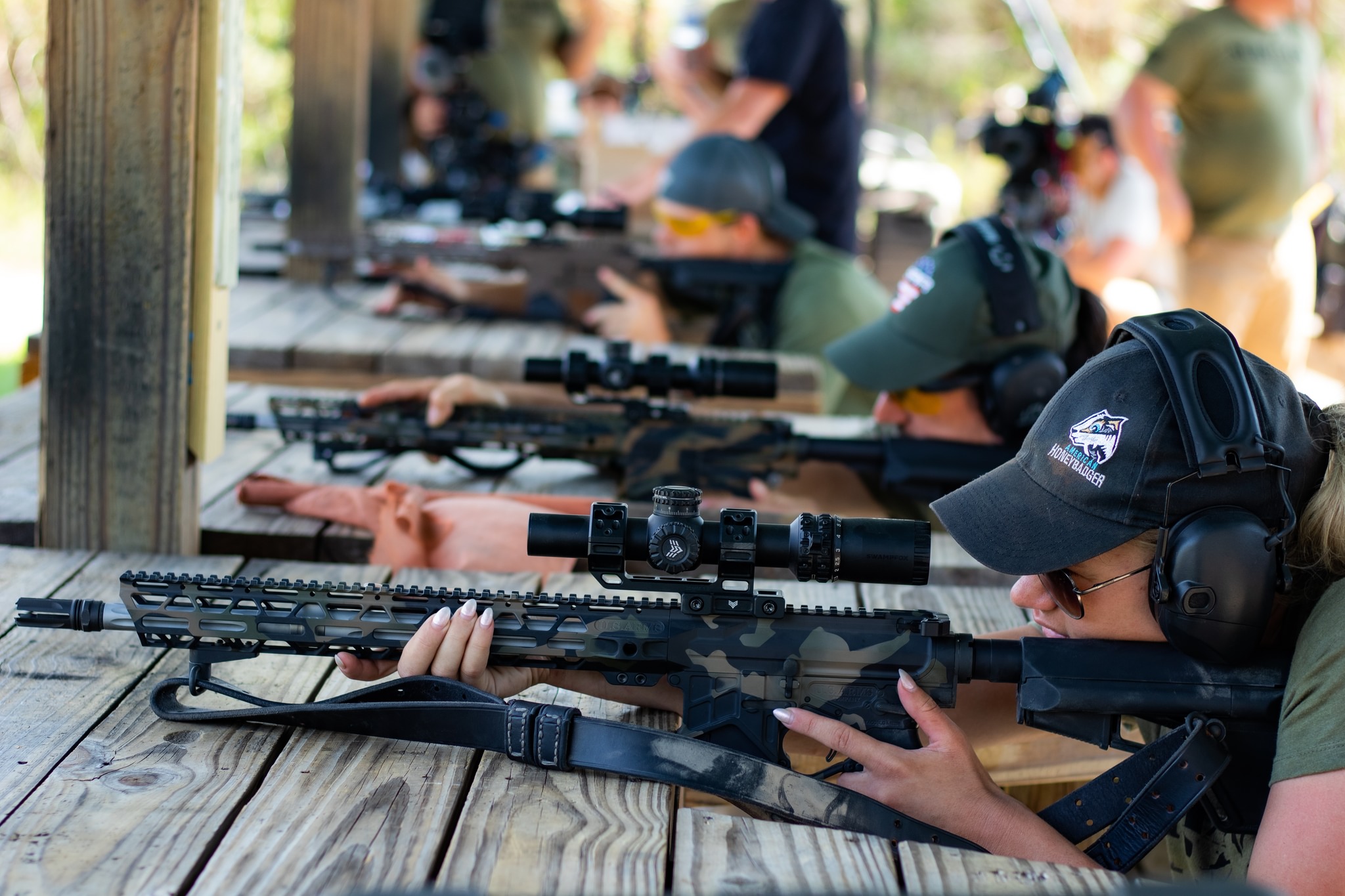
Photo credit: USARMS
The firearms industry is going through a period of adjustment following the exceptional surge in firearm sales during the COVID-19 pandemic, and the situation is further complicated by record high inflation. This has resulted in a multitude of conflicting reports regarding the industry’s overall health, where a few are reliable while most are not.
During times of sluggish sales, especially in a particular segment of the gun industry, it’s possible to boost your business cost-effectively through consistent and creative marketing efforts, provided you know where to begin.
In this post, I will address four questions that a friend in the firearms industry recently asked me about firearms marketing strategies during slow periods. I hope these answers will offer you valuable insights on how to enhance your online sales in a budget-friendly manner if your segment is experiencing a slow down.
Q1. What should a company think about when determining its marketing strategy in a slower economy?
A: It’s generally accepted that it costs three times more to find a new customer than it does to sell to an existing customer. In a slow economy (or when sales slow), focusing on your current customer base by using cross-sell/upsell tactics and customer-only incentives through email should be part of your plan to boost/sustain sales. Firearm enthusiasts tend to be fiercely loyal to the brands in which they put their trust. If you’re not showing love to your current customers via email marketing and social media—they may go somewhere else. Firearm manufacturers can no longer afford to have a one-way conversation with their customers, especially in a slow economy.
Q2. How does the slower economy affect, if at all, the mix of print vs. digital marketing?
A: A majority of firearm companies have not moved with their customers online. We need to remember firearm customers are also buyers of smartphones, music, cars, home repair services, technology etc. Over 60% of people begin research for these products and services on search engines. I believe traditional marketing is still important in the firearms industry because a lot of the opportunities other industries have available have been taken away from firearm brands (Facebook Ads, YouTube, and Google PPC). However, as firearm enthusiasts become younger, more urban and more ethnic, a magazine will not be the first place they go to research guns.
Q3. What are some low-budget but effective marketing tactics firearm companies should consider?
A: Influencer marketing has always been part of a smart marketing mix in the firearms industry. I believe it’s never been more important given the rise in fake news and manipulative advertising. Influencer marketing can be a low-cost way to reach hunters/shooters who have trusted followers on Facebook, Instagram, and Twitter.
The second—and just as important—is combining email marketing with segmentation, abandoned cart, personalization and automated workflows. These programs have shown to have a high-rate of return on investment and are a highly effective way to convert new customers, retarget old customers and keep current ones engaged.
Q4. What marketing strategy or tactic is absolutely crucial these days — and why?
A. Today, companies still need a marketing budget that mixes print, tv and trade show—but when things slow down, digital and e-commerce can deliver more bang for the buck. This is especially important for manufacturers with smaller budgets and a small list of dealers. By focusing on helping your customers become better in whatever their particular interests are (recreational, competition, home defense, tactical etc.) along with an innovative product roadmap, firearm brands will be able to remain fresh and relevant.
Customers want to hear from the brands they trust. When your brand is the most trusted and top of mind—customers are more likely to choose your brand over any alternatives.
What do you think? Comment below or send me an email.





